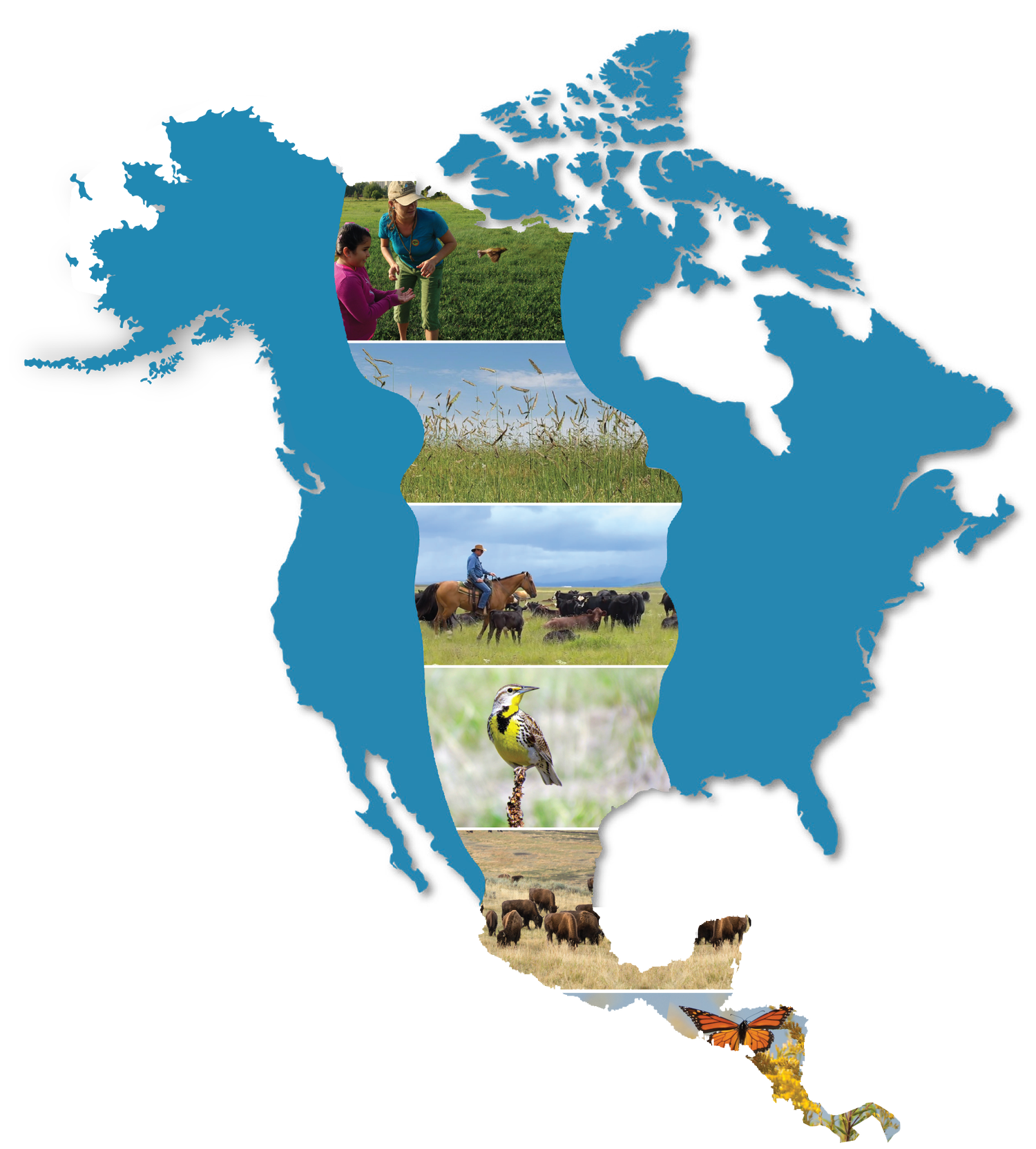
RANCHING & GRAZING
Resources and Articles
New virtual fencing could help ranchers while protecting native grasslands and wildlife
Xerces workshop on pollinators, grazing, and the Great Plains
Year-in-review reports and learning from the Society for Range Management
South Dakota Agricultural Land Trust tells the story of its first conservation easement
Successful Farming: Diversifying livestock and business on a South Dakota ranch
National Cattlemen's Beef Association Highlights Great Plains Grassland Initiatives in Upcoming Show
Researchers Evaluate and Identify Consistent Indicators to Support Sustainability on U.S. Ranches
It’s Not the Cow, It’s the How: A Vegetarian Became Beef’s Biggest Champion
Newly Released Working Lands for Wildlife Framework from NRCS
Sustaining social-ecological systems in rangelands of the Northern Great Plains
Understanding Rural Attitudes Toward the Environment and Conservation in America
TNC Video Spotlight of the Flint/Osage Hills and Conservation Easements
Grazing Like It's 1799: How Ranchers Can Bring Back Grassland Birds
New research finds ranchers consider diverse factors in managing their land
Policy instruments and incentives for conservation on working landscapes
How your purchasing decisions can save our most endangered ecosystem
